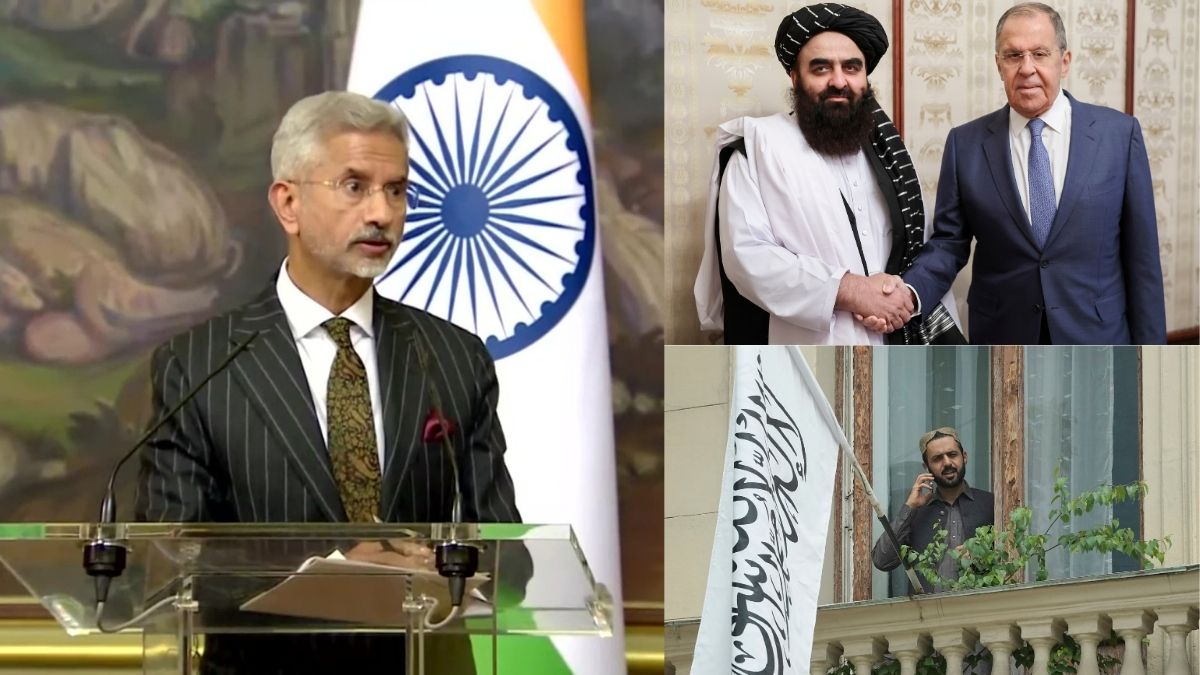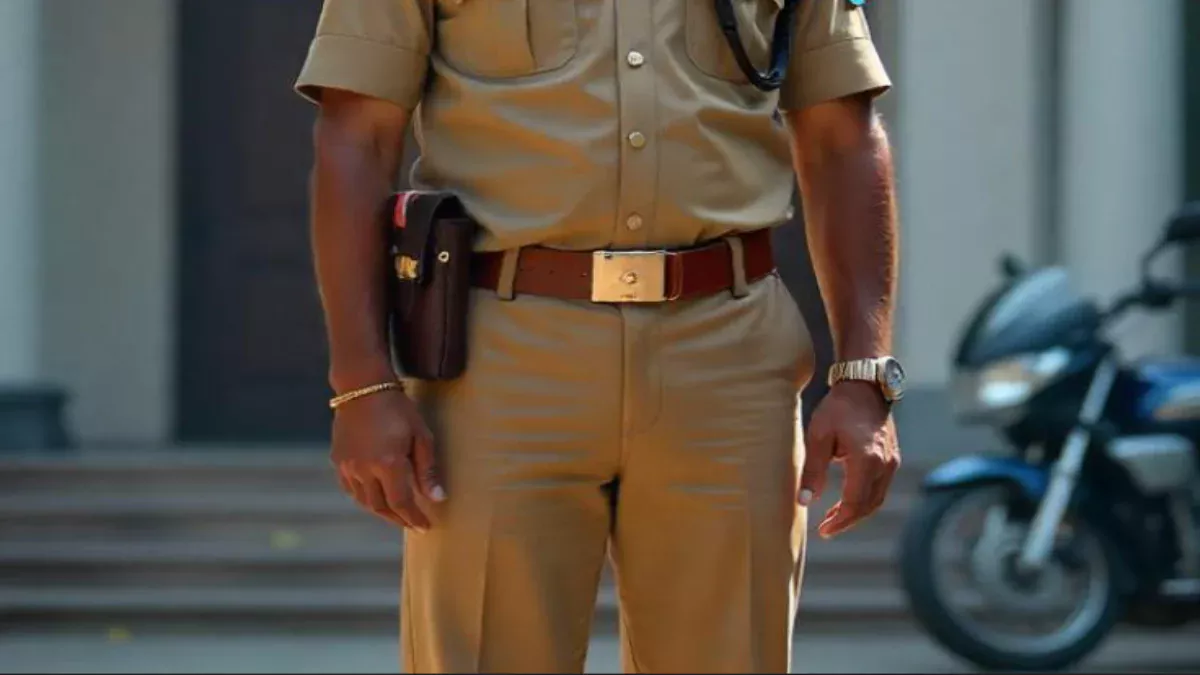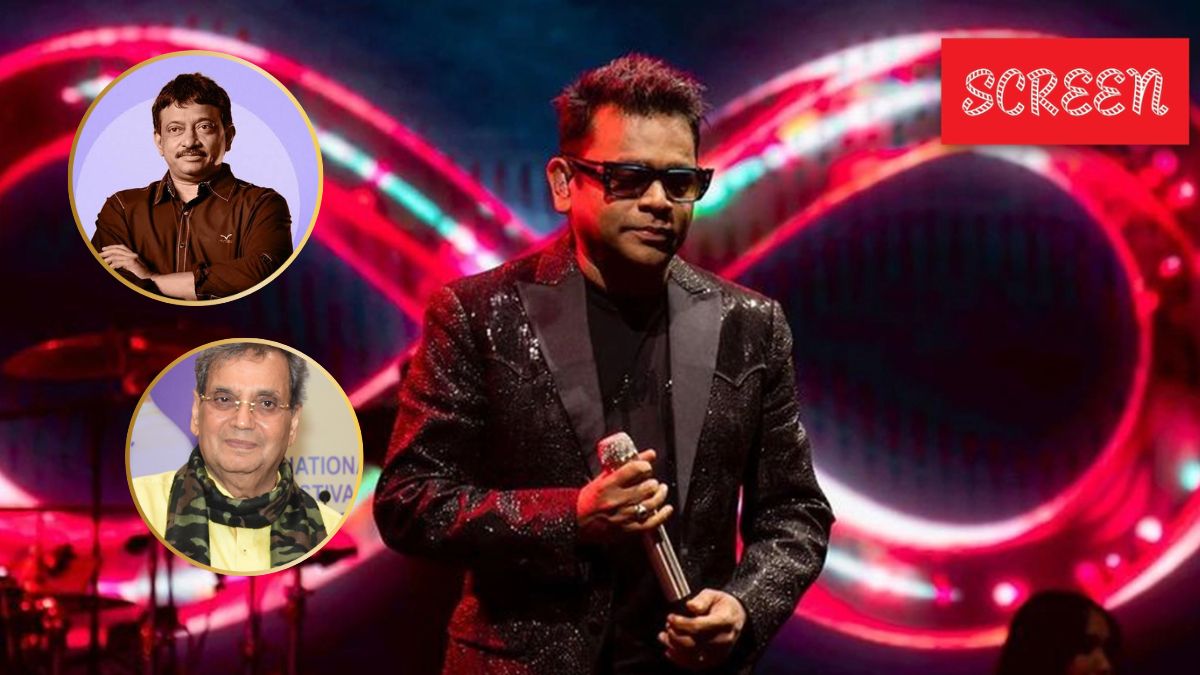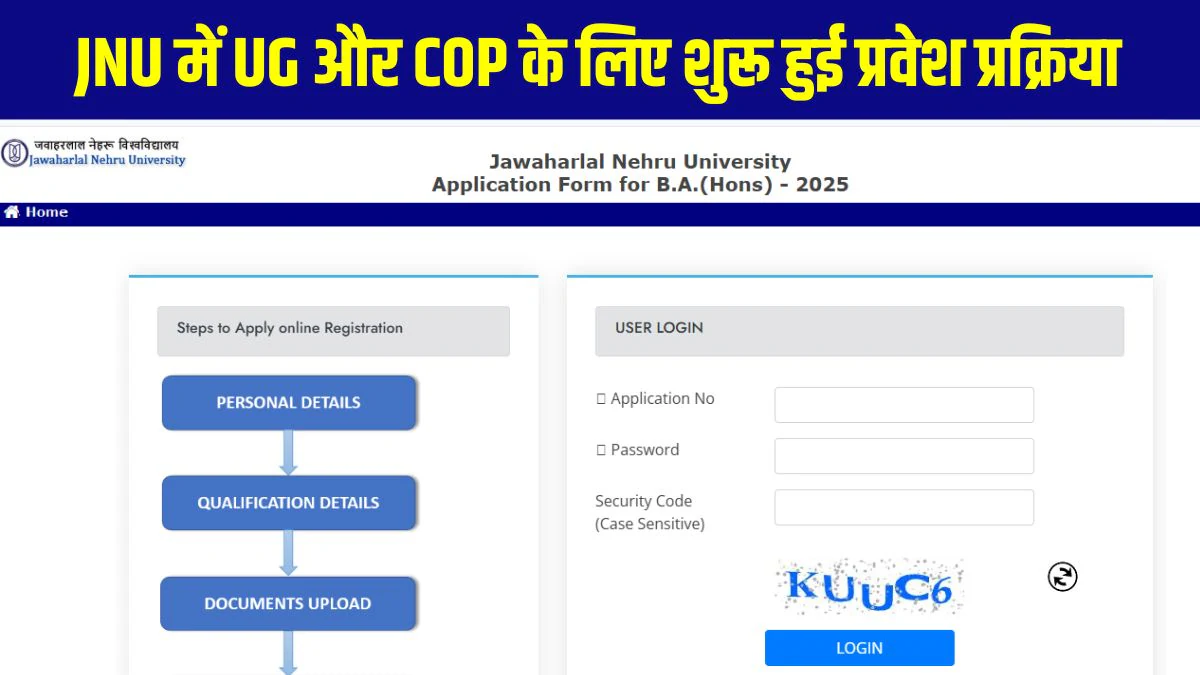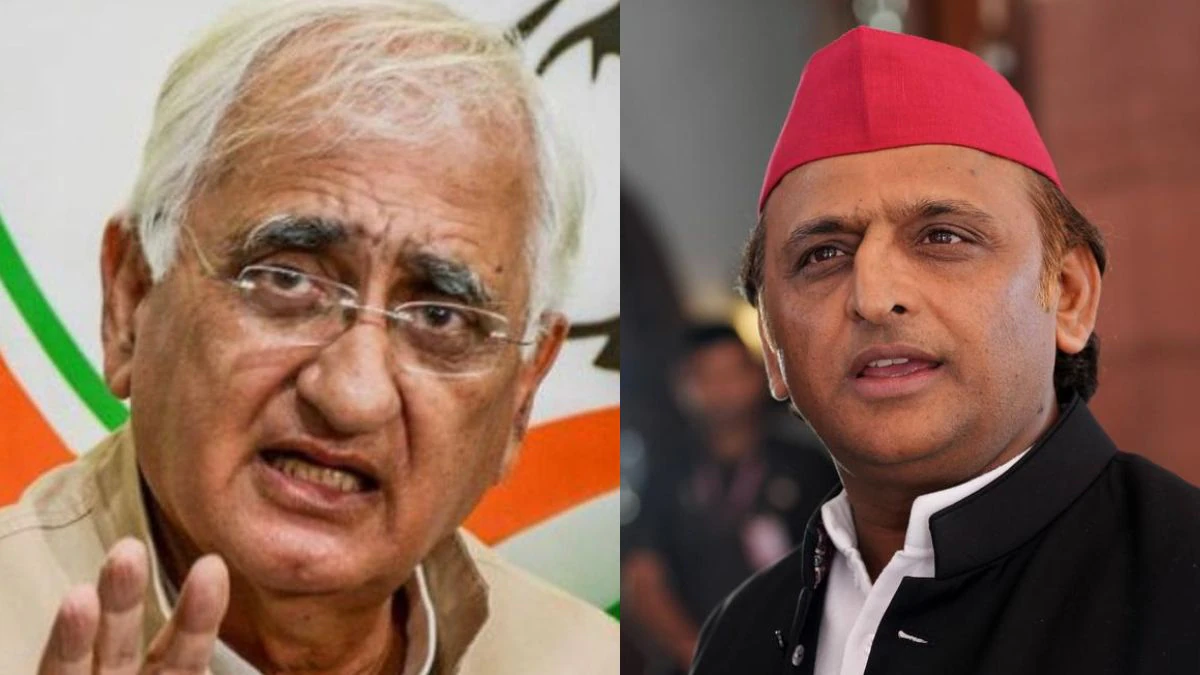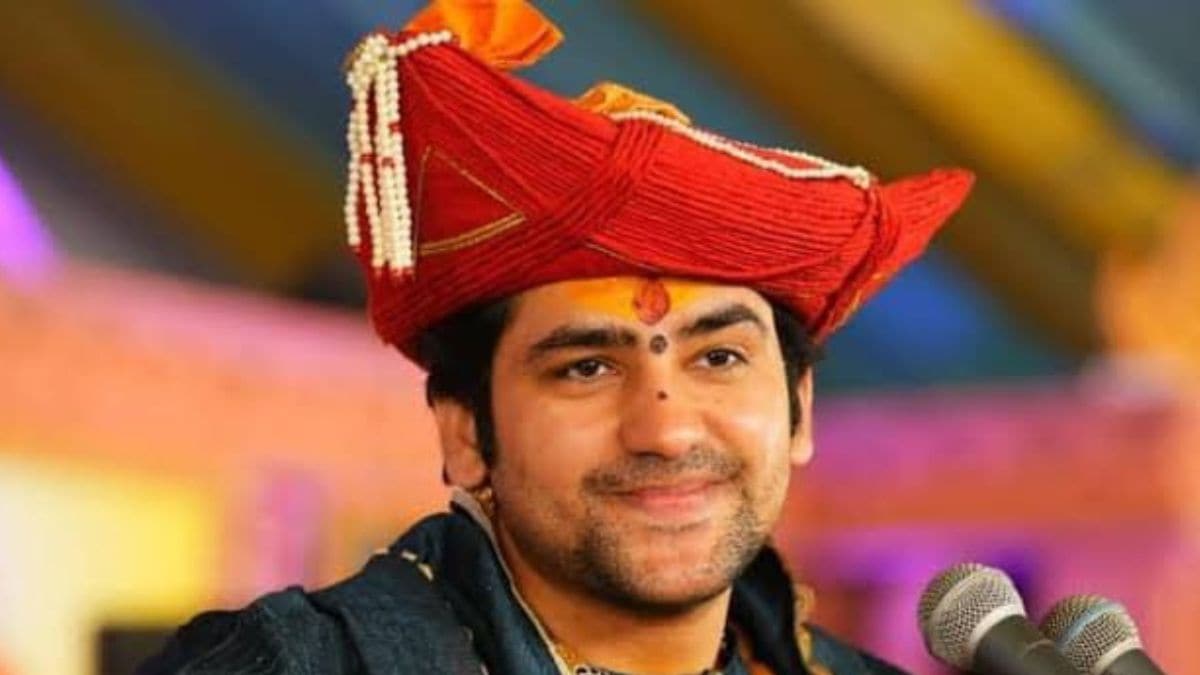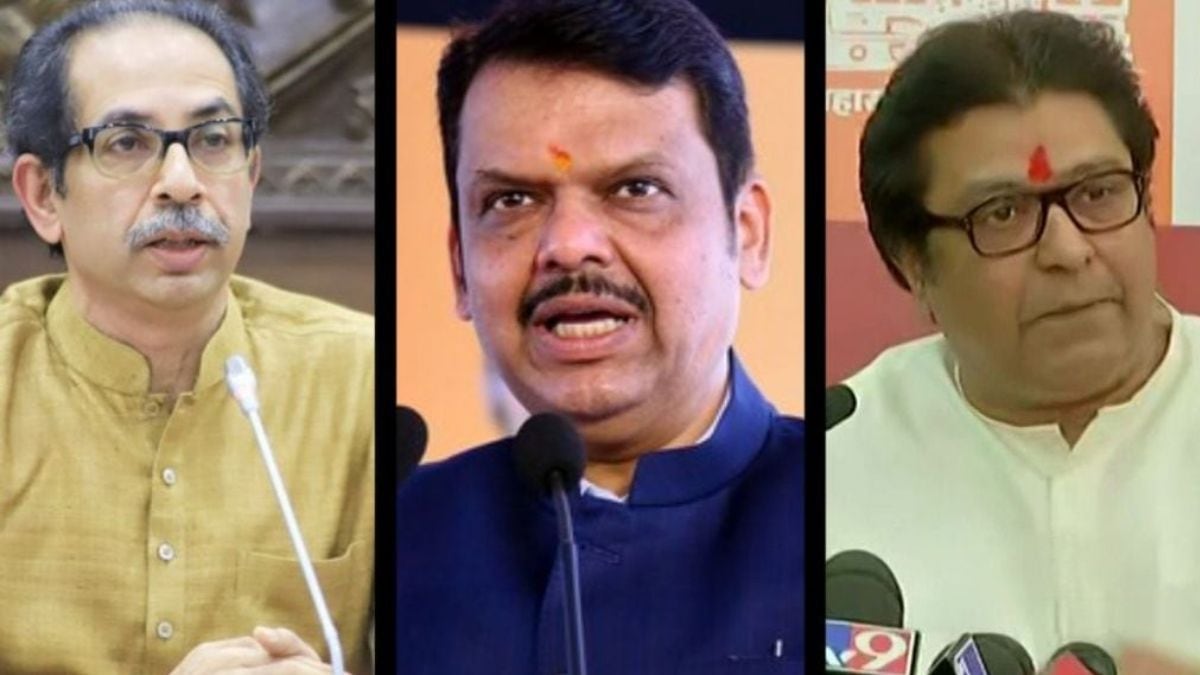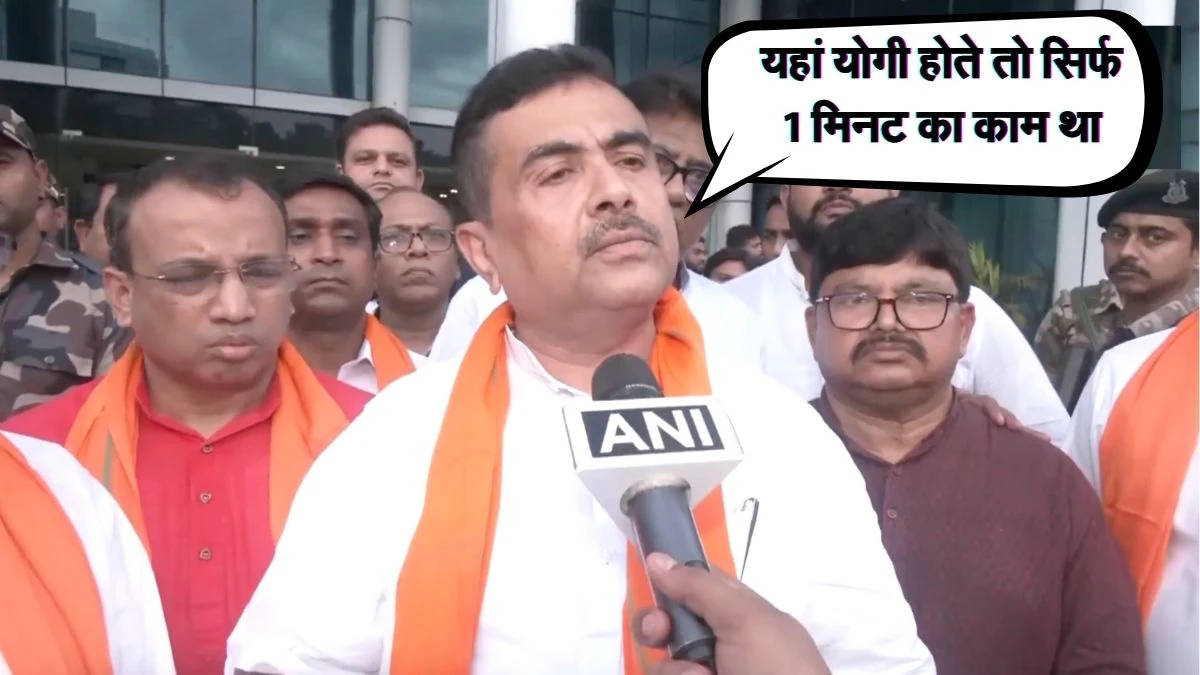By abolishing the post of advisor to the administrator of the Union Territory of Chandigarh and replacing it with the office of a chief secretary, the Central government has weakened Punjab’s claim on Chandigarh and reiterated it would never be “restored as Punjab’s capital”. This is the takeaway of non-BJP parties in the state after the Union Ministry of Home Affairs issued a notification on the matter late on Tuesday.
This comes a couple of months after suspicions were raised in Punjab after reports of separate land being allotted to Haryana in Chandigarh to set up its Assembly complex. However, Punjab Governor Gulab Chand Kataria stepped in at the time to defuse the tension by saying no environmental clearance had been granted to Haryana for the land.
Following the latest notification, the UT administration will now have the posts of chief secretary, home secretary, finance secretary, urban planning and smart city secretary, deputy commissioner, joint commissioner for finance, excise commissioner, additional deputy commissioner, two secretaries, and an additional secretary.
Hitting out at the Union government, Congress general secretary and Rajya Sabha MP Randeep Singh Surjewala said no Prime Minister had ever interfered with the administrative arrangement in Chandigarh. “But the Modi government came to power with the intent of destroying Haryana’s rights, traditions, and institutions and is moving forward with this agenda.”
“In the first attack of 2025 on the shared heritage of Haryana and Punjab, the Modi government has approved the position of Chief Secretary for Chandigarh instead of an administrative adviser. According to the Central government’s official notification, 11 officers will work as secretaries instead of the earlier nine, and these officers will belong exclusively to the UT cadre rather than being deputed from Haryana or Punjab. With this notification, the claim of Punjab and Haryana to administrative positions in Chandigarh, including finance, home, DC, and municipal commissioner, has ended,” he added.
The ruling Aam Aadmi Party (AAP) in Punjab said that the move exposed the Centre’s “anti-Punjab attitude”. Senior AAP spokesperson Neel Garg said a Chief Secretary is appointed in a state. “Chandigarh is not a state, nor does it have a Chief Minister. Then why was there a need for the appointment of a Chief Secretary? The People of Punjab will never tolerate this decision. The Centre should reconsider and withdraw the decision.”
The AAP leader said “it was clearly stated” during the division of Punjab in 1966 that until Haryana built its new capital, Chandigarh would remain a Union Territory and after it would be handed back to Punjab. “In 1970, Rs 10 crore was also given to Haryana to build its Capital. Several states in India have been divided, and they all established their respective capitals, but Punjab continues to face discrimination,” Garg added.
Former Deputy CM and Shiromani Akali Dal (SAD) leader Sukhbir Singh Badal also criticised the Centre’s decision saying it was “another discriminatory step of the GOI (Government of India) to further dilute Punjab’s rightful claim on Chandigarh” and warned it would have “longterm consequences”.
A retired IAS officer said: “Gradually, the message is turning loud and clear that Chandigarh will continue to be a UT. There will be no claim of Punjab. It shows that they are trying to bring UT Chandigarh on par with other UTs. All UTs have Lieutenant Governors, administrators, and chief secretaries. They are trying to make it uniform.”
While the BJP did not officially comment on the matter, party vice-president Fateh Jung Singh Bajwa, the brother of Leader of Opposition Partap Singh Bajwa, said, “I want to tell the parties opposing the move that the Chief Secretary’s post is a part of administrative reforms. My emotional demand is that the Chief Secretary should be a Punjab-cadre IAS officer. Chandigarh is rightfully ours. We should get Chandigarh back as it is our capital.”
For parties in Punjab, especially the AAP, another contentious issue has been the alleged increase in the number of non-Punjab cadre IAS officers in the Union Territory. Soon after taking power in 2022, Punjab Chief Minister Bhagwant Mann claimed that the Chandigarh administration was replacing the Punjab-cadre officers with officers from other states and reiterated that the administration must maintain a 60:40 ratio of Punjab and Haryana-cadre officers. According to the MHA notification, the Centre has increased the number of IAS officers in Chandigarh from nine to 11, amending the Indian Administrative Service Rules of 1955.
In March 2022, Union Home Minister Amit Shah announced that Central service rules would apply to the 16,000-plus employees of the UT administration, who were earlier governed by Punjab Services Rules.
After Partition, Shimla was the temporary capital of Punjab. At the time, Prime Minister Jawaharlal Nehru envisioned a modern city as the state’s capital and the idea of Chandigarh was born. In March 1948, the Centre and state governments decided on the picturesque Shivalik foothills to set up the new capital of Chandigarh and it was inaugurated on October 7, 1953, by President Rajendra Prasad.
When Haryana was carved out of Punjab in 1966, both Punjab and the new state laid claim to Chandigarh as their capital. Pending resolution, the Centre made Chandigarh a Union Territory, taking control of its administration. An administrator of the Union Territory, designated as Chief Commissioner, continued till May 31, 1984, before the Governor of Punjab, on June 3 that year took over the direct administration of the Union Territory and the Chief Commissioner was redesignated as advisor to the administrator.
Stay informed with access to our award-winning journalism.
Avoid misinformation with trusted, accurate reporting.
Make smarter decisions with insights that matter.



